
Hunched on a granite crag jutting out of a glacier on Mont Blanc, 3500 meters above sea level, is a round-bodied, pale-flowered cushion plant that, until a few years ago, no one had given a name. Almost 250 years before, the first botanist to lay eyes on it, the pioneering Swiss Horace-Bénédict de Saussure, had merely called it “sometimes white, sometimes purplish.”1 In 2020, a team of botanist-alpinists (including my colleague at the Laboratoire d’Ecologie Alpine, Sébastien Lavergne) with the same appetite for climbing and plant-finding as Saussure followed in his hobnailed footsteps across the increasingly treacherous glacier to this islet.2 After comparing notes with Saussure on the handful of hardy plants there, they took samples of the mystery plant, a member of the rock jasmine genus Androsace, back to the lab.
Although it looked nearly identical to other Alpine3 Androsace species, the plant’s DNA told a different story: its population had been isolated on these granite rocks for long enough to write a new species identity into its genes.4 They named it Androsace saussurei, and along with two other previously undescribed species they found on other peaks, added the number to the roughly 4,500 species5 of vascular plants found in the Alps.
4,500 species—What does that number actually mean? Where did all these species come from? Why have botanists been climbing to the sky since the 1700s to name plants clinging to remote rocks? And what do we do with this information?
Plant diversity in the Alps
After the Mediterranean, the Alps house the highest diversity of plants anywhere in Europe. 4,500 species are around 1.5% of the world’s plant diversity (depending on who you ask6), but over a third of Europe’s, with 500 of them found only in the Alps. (We’re not even talking about the thousand other species of non-vascular plants in the Alps, the mosses, liverworts, and hornworts hiding under wet rocks or hibernating for rain; nor the 2,500 types of lichen and 5,000 species of fungi.7) Half of those 4,500 are covered by only 10 major plant families, with the most (557) coming from Asteraceae, the sunflower family (also one of the most species-rich plant families in general); the other half includes over 100 plant families.8
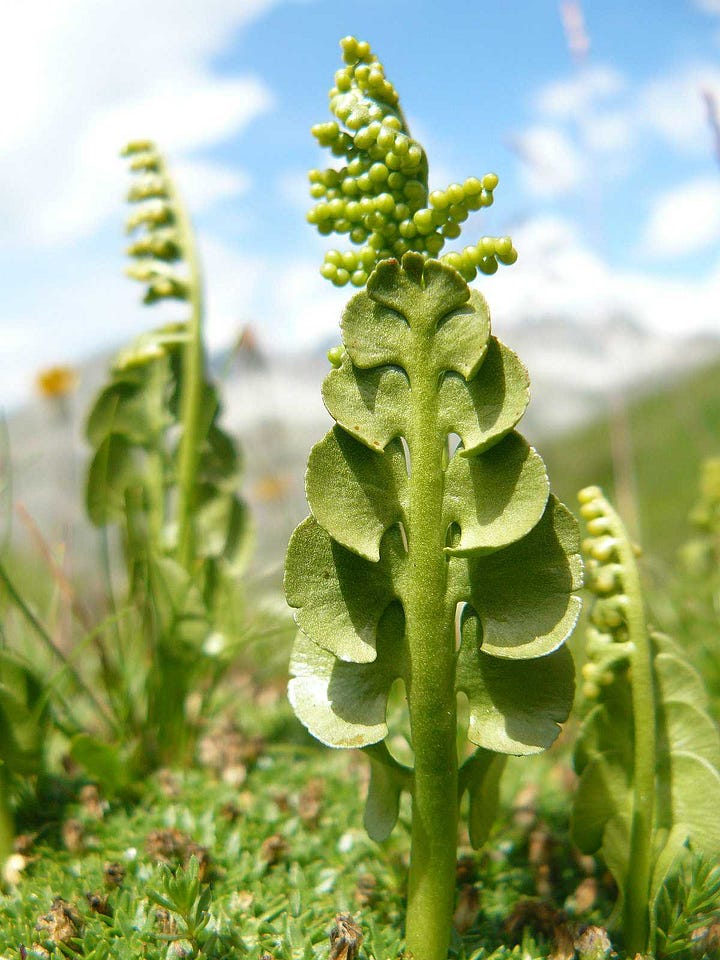
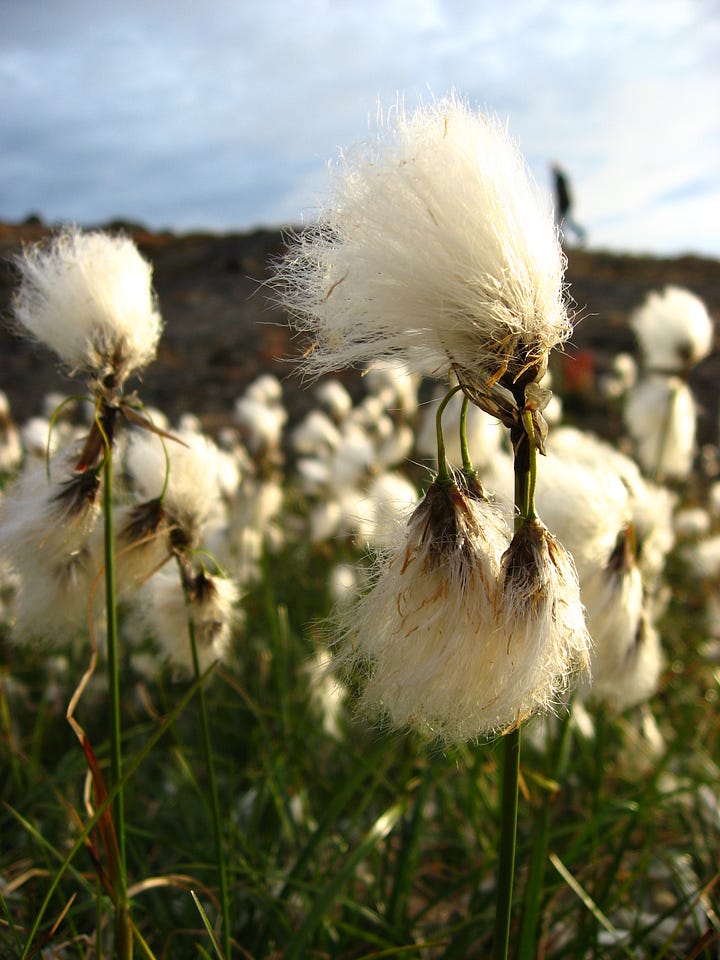


When we say the Alps, we don’t mean only the exposed rocky peaks above treeline; we’re including the whole curving swath of mountains across France, Italy, Monaco, Switzerland, Lichtenstein, Austria, and the flanks of Germany and Slovenia, from their foothills to their tips. This region is both a geological reality and a boundary drawn by the Alpine Convention, a 30-year-old agreement between the Alpine countries laying out terms of protection and management of the Alps.

The 4,500 vascular plant species within this Alpine boundary are divvied up both across climatic regions, and vertically, by vegetation belt. Most mountains around the world wear these plant stripes, thanks to the physics-decreed drop of air temperature with elevation gain—an ecological pattern famously documented by a contemporary of Saussure, Alexander von Humboldt. In the Alps, it’s possible to categorize the belts by a handful of dominant plant species, which doesn’t go far in wrapping our minds around 4,500 species but does give us a visual for the understories and communities where those myriads live.
Around the base of a typical Alpine range live the hill woods of oak, ash, maple, and Scots pine; on the slopes above are beech and fir forests. As the climate gets harsher the deciduous trees drop out of subalpine forests and are replaced by hardier conifers like spruce, larch, and stone pine. Then we reach treeline, theoretically a hard winter cold limit to the tree lifeform, but in practice often pushed downward by human-tended alpine hay meadows and grazing in the Alps.9 Above treeline, dwarf trees and shrubby heaths with willow, juniper, and bilberry can grow in the midst of alpine grasslands, until we reach the nival zone, the realm of rock, wind, UV rays, and permanent snow where only the most creeping and clinging of plants—including our friend Androsace saussurei—and lichen can thrive.10
Origins
Mountains are known globally as “biodiversity hotspots,” places with the right confluence of complexity and habitat and history to accumulate a higher-than-average density of species. The Alps are not such a rich hotspot as some other mountains, such as the tropical Andes, which boast a staggering 30,000 species of vascular plants.11 But for a temperate region, the Alps stand out.
As with other mountains, the folds and crevasses of rock provide both barriers to gene flow, allowing species like Androsace saussurei to strike out on their own genetic path, and a vast array of microhabitats in which to find just the right kind of resources, differentiating oneself from neighbors who have migrated from other cold rocky places, or who have been pushed here by an advancing glacier.
Add to this the position of the Alps at a crossroads of European climates, from the warm, dry Mediterranean to the cold, wet Central and Eastern Alps. And just as important is how those climates have evolved over millions of years, with glaciers flowing in and out of valleys, scrambling populations and leaving them stranded in refugia, i.e. isolated ice-free pockets and peripheries. Take the high alpine forget-me-not species Eritrichium nanum: it grows so high it’s called Himmelsherold, "sky herald," in German, and probably survived the Last Glacial Maximum 20,000 years ago on rocks like Androsace saussurei’s, known as nunataks.12
The scientists
Before the 18th century, most people saw the high Alps as a forbidding, unheavenly, even repellent place. Climbing beyond the pastures and the mountain passes, for sport or for science, simply wasn’t a thing. So although there was surely a wealth of traditional knowledge of plants in the human realm of the Alps, there was nothing like a systematic count until 1742, when a Swiss physician and gentleman naturalist, Albrecht von Haller, compiled his botanical collections from his wanderings in the Alps into the first Swiss Alpine Flora (Enumeratio methodica stirpium Helvetiae indigenarum, A methodical enumeration of the native races of Switzerland).
Ten years earlier, von Haller had published a poem called Die Alpen, an early ode to an idyllic version of the Alps that helped turn the tide of the Alpine landscape’s popularity. Soon, enthusiastic Enlightenment scientists like Saussure (who loved measuring things so much he invented the cyanometer for measuring the blueness of the sky, and hauled all kinds of instruments to the summits he climbed) were continuing the work of enumeration. Today, the most (and apparently first) complete Alpine plant atlas, which “covers all the flowering plants and ferns of the entire alpine region, from Vienna to Nice, from valley floor to eternal snow,” is the multi-lingual Flora Alpina, published in 2004.
As the fields of botany, ecology, systematics, and biogeography matured, the motivations for cataloguing plants gained layers. In addition to completeness of classification, scientists became interested in understanding the deep history of these plants—how they fit into the story that is the evolutionary tree of life (systematics), and what that biological story overlaid on mountain geography says about how they got there (biogeography). And beyond the details of specific plant lineages, the Alps are a piece of the puzzle of how complex landscapes incubate species, growing and pruning branches of the tree of life.13
Such were the motivations that spurred Seb Lavergne and his team up to that glacial outcrop on Mont Blanc to take stock of the plants there. In fact, since 2008, Seb has been leading a project not so far removed from the ambitions of von Haller and Saussure, with all the added dimensions of evolution and biogeography: PhyloAlps, a bid to sequence DNA from nearly all the plants in the Alps. From this genetic and taxonomic database has come (after years of bioinformatics work) a phylogeny mapping the evolutionary relationships of the Alpine flora, the foundation for further studies of how it came to be. In the process, as we’ve seen, surprising gaps in a flora studied for 300 years have been uncovered, refining our picture of biodiversity in the Alps.
The biodiversity concept
The term “biodiversity” didn’t exist until 1986, when the more long-established phrase “biological diversity” was shortened in titling the National Forum on BioDiversity in Washington D.C.14 Biodiversity soon became a touchpoint in conservation, both publicly and scientifically. Biodiversity, as a number, stands for all the evolutionary, ecological, and even human-centered utilitarian potential stored in the species of earth. In addition to rallying for charismatic flagship species or landscapes, tracking total biodiversity became a metric for ecosystem protection, an audited target for international conservation policy, a finger on the pulse of nature.
That pulse hasn’t been particularly strong as of late, with talk of a “sixth mass extinction” on a global scale. At regional and local scales, studies tracking biodiversity have had more mixed results as species ebb and flow in specific habitats.15 In the Alps and other European mountains, there has even been a recent acceleration of plant species richness documented at the summits first surveyed by early botanists.16 In all likelihood, this increase is transient, as it’s directly linked to warming temperatures that allow lower elevation species to gain ground, while the highest clingers have nowhere else to migrate in response. Eventually, their conservative, slow-paced lifestyle could lead them to be outcompeted by the newcomers.
The future
Climate change, accelerating faster in the Alps than surrounding lowlands, melting glaciers and crumbling permafrost-bound rockfaces, is only one challenge for Alpine plants to contend with. Their trajectories have long been tied up in human management of forests and pastures and the impact of tourism, and these pressures continue to evolve. These uncertain futures have prompted forward-looking research alongside the present- and past-oriented (all of which can contribute to the context of conservation). The most extreme example may be the efforts of the Alpine Seed Conservation and Research Network based in London’s Royal Botanic Gardens, Kew (notably not a mountainous place, but one concerned with the world’s plant diversity) to collect seed of the most vulnerable plant species of the Alps and store them in subzero seed banks as insurance against extinction. Meanwhile, there are huge European projects aimed at identifying the patches of protectable land that harbor the most species, and how to better connect them as species follow shifting climate boundaries.
In my lab group (led by Wilfried Thuiller), in addition to helping monitor the present state of biodiversity in the French Alps (which I’ve written about here and here), we use computer models to map out possible futures for European and Alpine biodiversity. The goal of my own project is to simulate the fortunes of plant populations across the Alps over the next 75 years given different possible scenarios of climate change, glacier retreat, and land use change (e.g. more intense timber harvest, less intense grazing, new cropland, reduced cropland). I will compare map pixels stacked with numbers to divine which kinds of futures might lead to declines or gains in plant diversity in which parts of the Alps, and which shifting conditions would be most responsible for those changes.
These models are a far cry from the arduous centuries of carefully accounting for each species tucked away in rock cracks and forest understories. In fact, my model runs (which by the way have a whopping 1-kilometer resolution) don’t even represent species, but “plant functional groups,” which cluster together similar species to ease the computations. For example, several low-growing flowering herbs that like to grow in dry, rocky soil with lots of sun might be grouped under the same set of traits in the model. In the end, we’ve reduced the 4,500 species to around 50 plant functional groups. For all the value of the rare and manifold, sometimes it’s necessary to simplify to start to understand the big picture.
All the same, I don’t want to lose sight of the real plants our models are approximating—the whole reason we’re bothering with these in silico numbers. That’s why I wrote this post. Such a brief dip into this vast story is hardly more satisfying than 1-km resolution, but consider it a teaser for future forays. 4,500 possibilities and more…
Postscript
Since writing this post, I’ve begun to undertake the promised forays, writing my way through the Flora alpina and its evolutionary story of plant life in the Alps. Check out the beginning of it here:
Flora alpina: Family matters
Note: If you haven’t read my overview of plants in the Alps or my post about the Tree of Life and you have a minute, they are recommended though not required reading for this post.
Boucher, F. C., … Lavergne, S. (2021). Discovery of cryptic plant diversity on the rooftops of the Alps. Scientific Reports, 11(1), Article 1. https://doi.org/10.1038/s41598-021-90612-w
They were in fact making a happy return to what Saussure had named Rocher de l’Heureux Retour. For more about their adventure (in French, but as always, Google translate is magic), read here.
A note on capitalization of Alpine: while “alpine” refers to mountain conditions generally (sometimes specifically above treeline), I use Alpine to refer specifically to the European Alps.
See note 1. This is an example of cryptic diversity, or species that can’t be told apart by morphology alone, and an example of the complex (messy) reality of deciding what counts as a species. Perhaps a future post on this.
Aeschimann, D., Lauber, K., Moser, D.M., & Theurillat, A., eds. (2004). Flora Alpina: Atlas des 4500 plantes vasculaires des Alpes. Belin, Paris.
Christenhusz, M. J. M., & Byng, J. W. (2016). The number of known plants species in the world and its annual increase. Phytotaxa, 261(3), Article 3. https://doi.org/10.11646/phytotaxa.261.3.1
See note 5, Flora Alpina
“Alp” or “Alm” is actually a German word for a mountain pasture, a name applied at some point to the whole mountainous region we now call the Alps.
Fauquette et al. (2018). “The Alps: A Geological, Climatic and Human Perspective on Vegetation History and Modern Plant Diversity” in Hoorn et al., Mountains, Climate and Biodiversity.
Perez-Escobar et al. (2022). The Andes through time: Evolution and distribution of Andean floras. Trends in Plant Science, 27(4), 364–378. https://doi.org/10.1016/j.tplants.2021.09.010
Stehlik, I. (2003). Resistance or emigration? Response of alpine plants to the ice ages. Taxon, 52(3), 499–510. https://doi.org/10.2307/3647448
Darwin’s famous commentary on the “abominable mystery” of how so many flowering plants could have evolved so quickly was in fact prompted by the theorizing of an alpine botanist, John Ball, who thought the alpine zone could have been the mysterious birthplace of then elusive early angiosperm fossils (he was a bit off). Friedman, W. E. (2009). The meaning of Darwin’s “abominable mystery.” American Journal of Botany, 96(1), 5–21. https://doi.org/10.3732/ajb.0800150
E. O. Wilson (1997), Introduction to Biodiversity: An Ecological Perspective, Springer.
Dornelas, M., ...Vellend, M. (2023). Looking back on biodiversity change: Lessons for the road ahead. Philosophical Transactions of the Royal Society B: Biological Sciences, 378(1881), 20220199. https://doi.org/10.1098/rstb.2022.0199
Steinbauer, M. J., … Wipf, S. (2018). Accelerated increase in plant species richness on mountain summits is linked to warming. Nature, 556(7700), Article 7700. https://doi.org/10.1038/s41586-018-0005-6






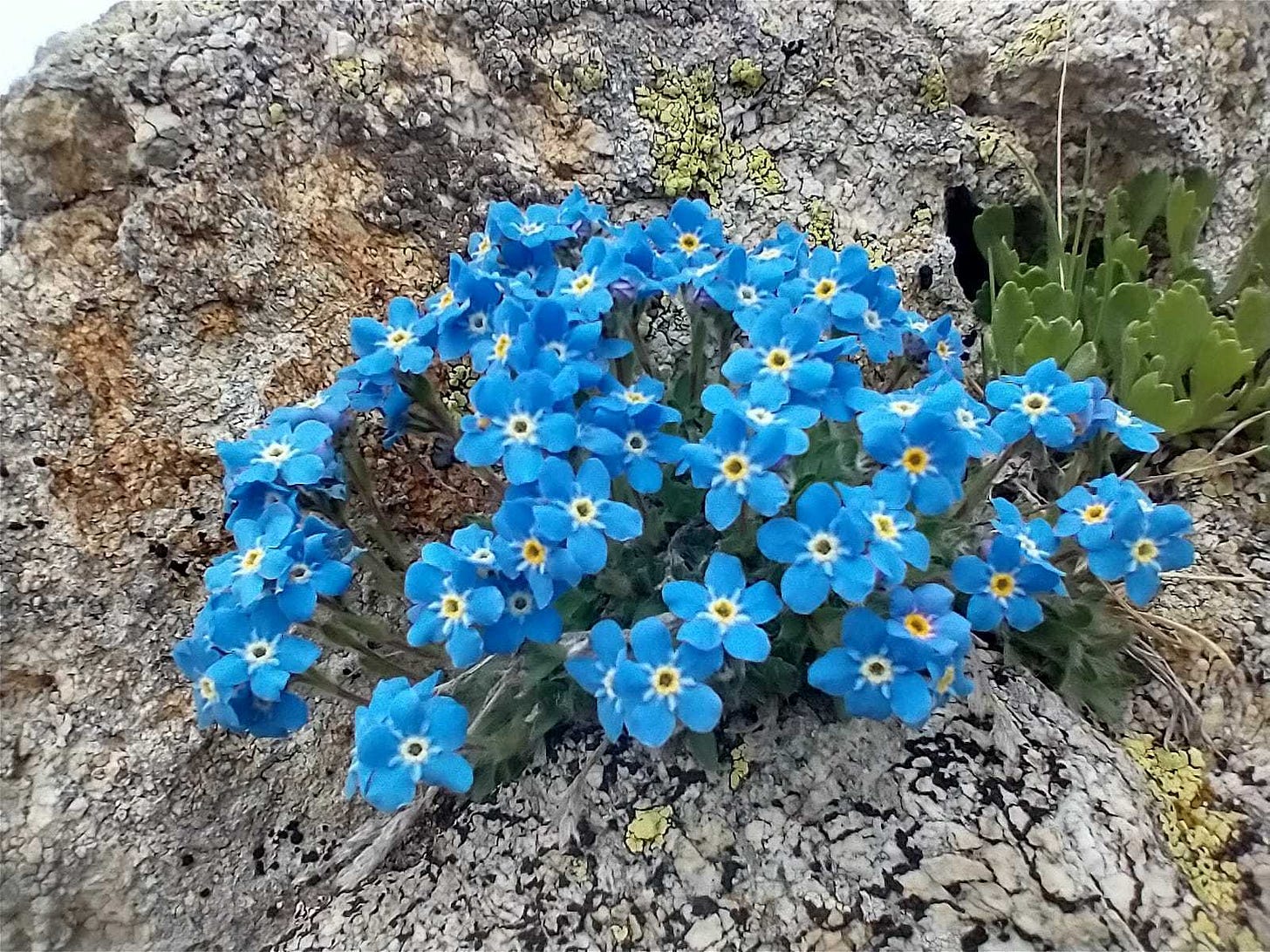
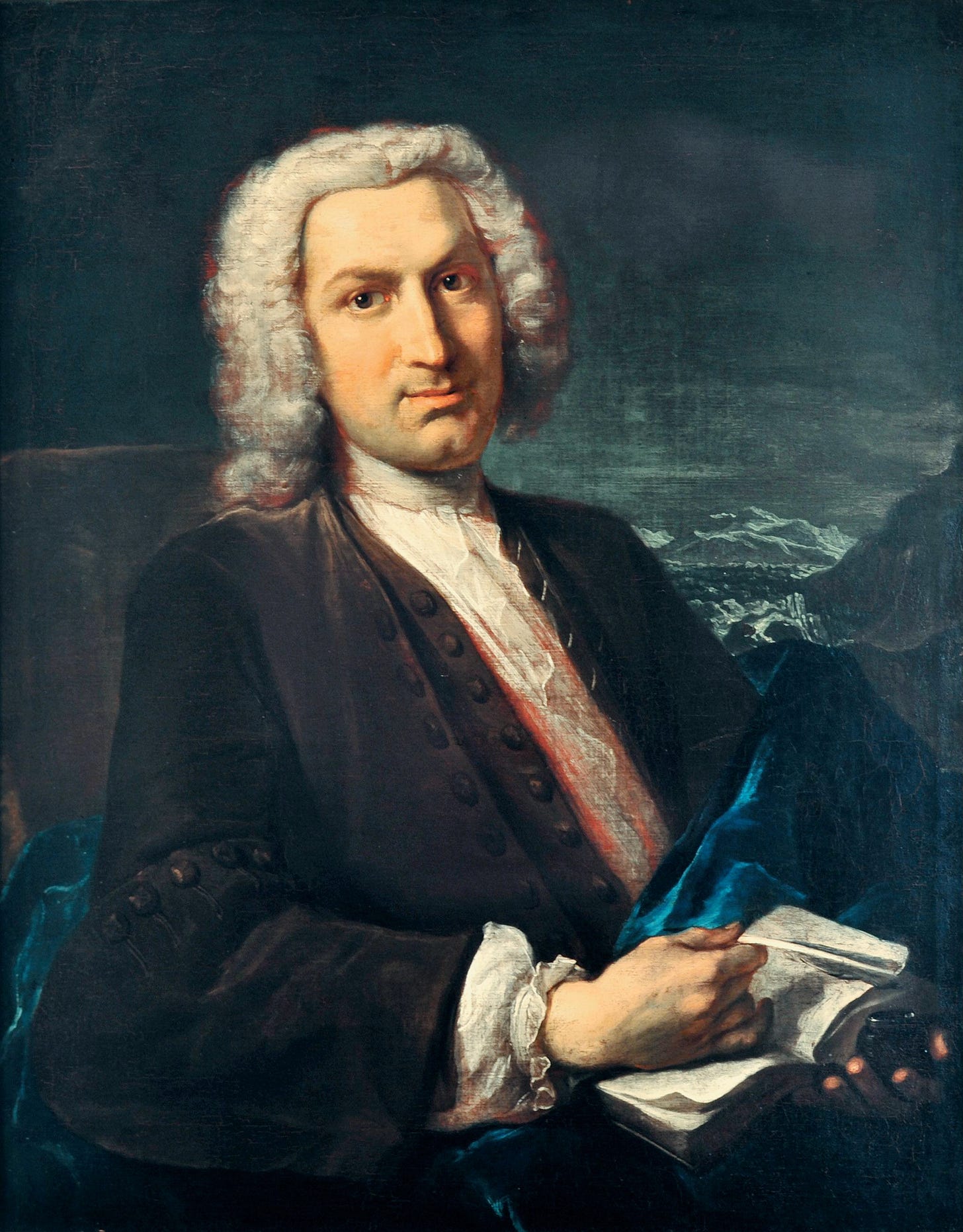



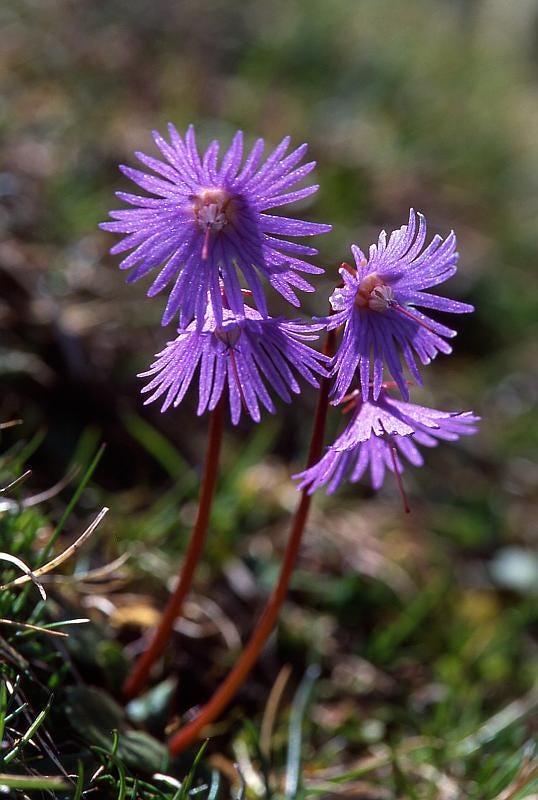


The Androsace saussurei is lovely and welcoming enough, but you really had me at Botrychium lunaria. 😀
Beautiful. I especially liked the gorgeous forget-me-nots.